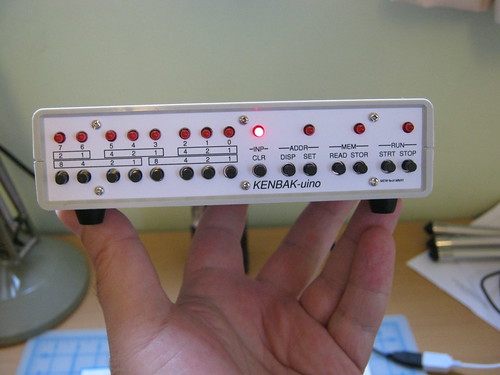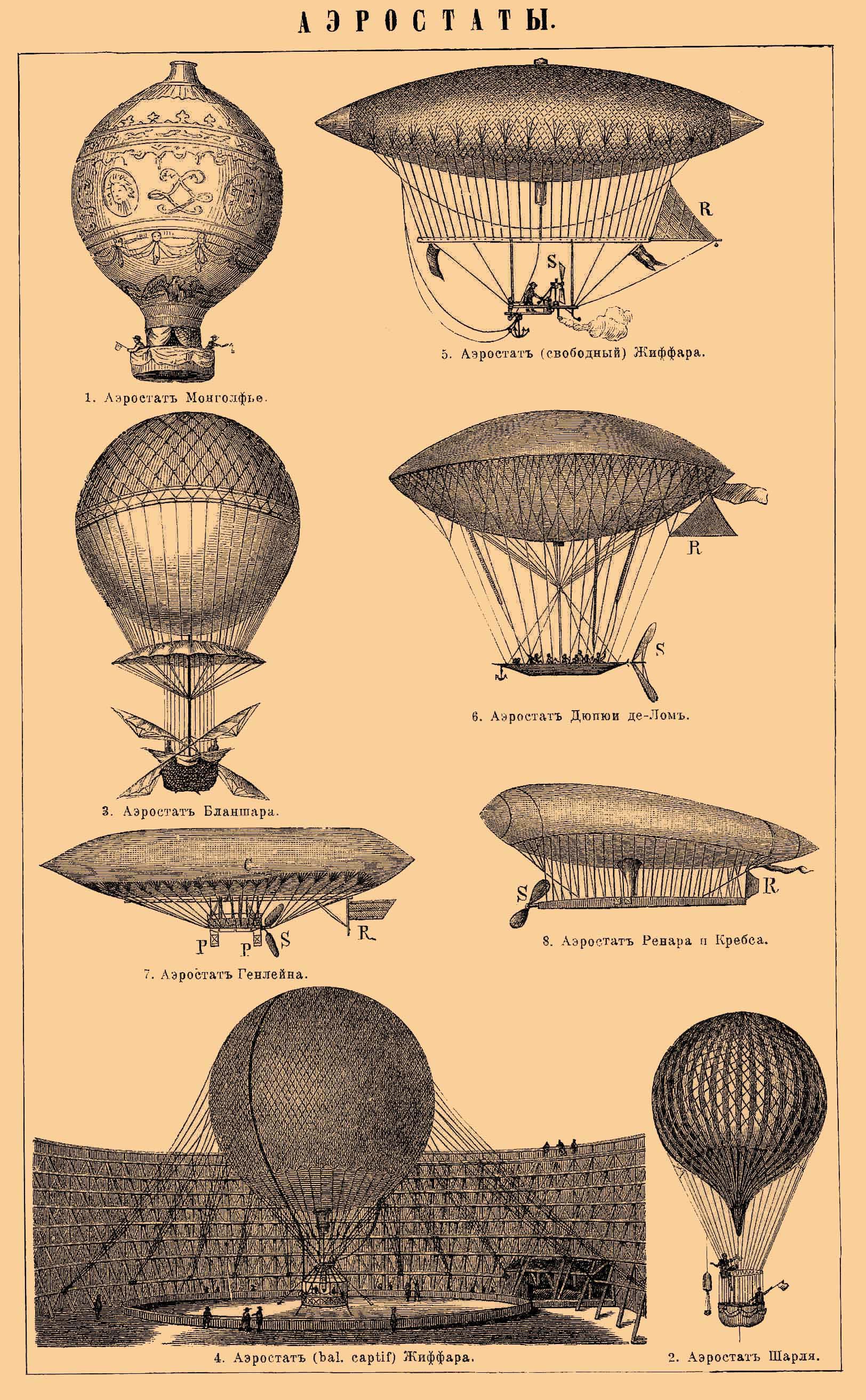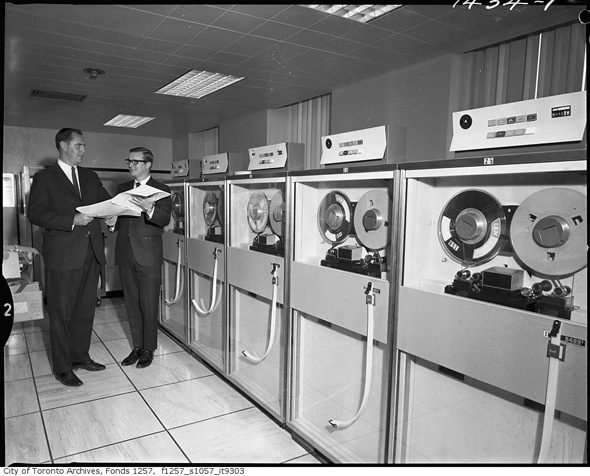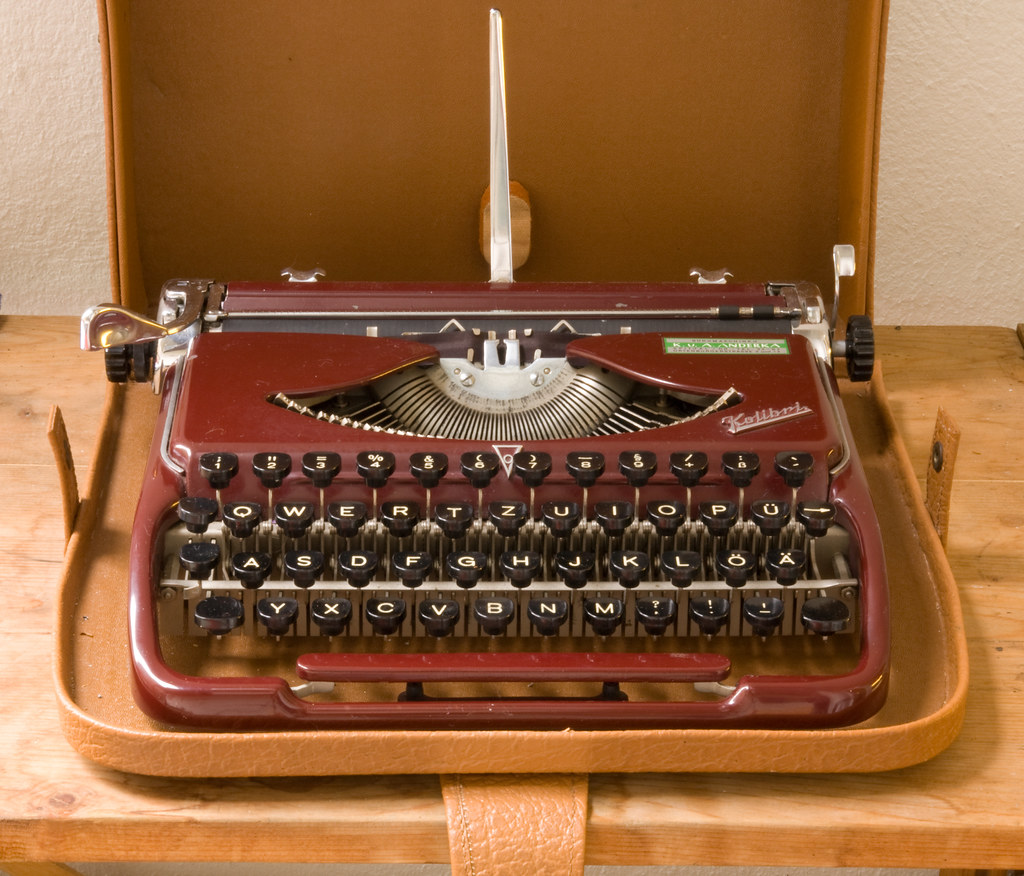Let us forget, for a moment, that the year is 2011. Let us further forget that, in all likelihood, neither I (the author) nor you (the reader) are persons of great consequence, though I concede that it is entirely possible that we are. Let us forget that we may be separated in both space and time by what seem to be insurmountable distances.
For now, in this moment, let us only remember the things that tie us together. You are here because, weather you believe it or not, you and I have a common bond. We are nerds, geeks, technophiles. Further, we have a particular, peculiar, historical bent to our passions and obsessions. We are here to ensure that the technologies of our past are rediscovered and remembered by the generations of our future. We are comrades, kindred spirits.
Join us.
Join us as we explore the technologies of our fathers, and their fathers. Join us as we explore the technologies of our childhoods. Join us as we explore the technologies that never were, the machines that could have been. Let us explore yesterday's cutting edge, and steal a glimpse into the technologies that the march of progress has deemed obsolete.
Obsolete!
What a word. What a vile, despicable word. It's a word dreamed up by marketing departments and corporate executives to ensure the ever marching status quo. Let us rally against obsolescence.
We do not claim to be historians, experts, or teachers. We have no great and noble purpose, beyond illustrating a past that is so quickly forgotten. Think of us as storytellers, as raconteurs. It is my hope that together we may journey through the technologies of our past and achieve an understanding strong enough to shape the technological progress of our future.
We are here to share our love of technology, typewriters, telegraphs, turntables, oxford commas, and even things that don't start with the letter 't' and have nothing to do with grammar (such as vintage computers, photography, electric cars, cassette tapes, and a plethora of other symbols of geekdom.)














.jpg)





